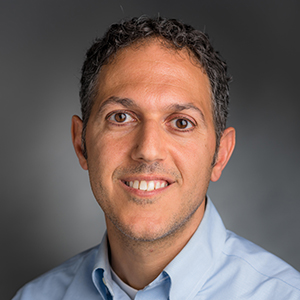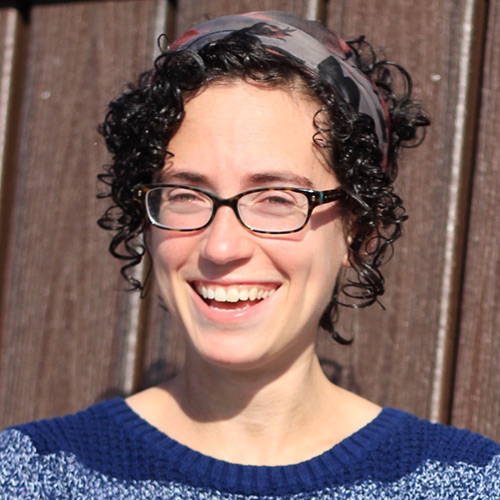Expanded Structural Variant Signatures and Their Role in Predicting Chemotherapy Sensitivity.
Cancer cells harbor scrambled genomes – their DNA resembles a choose-your-own adventure book, but without the instructions of which page to turn to next. In fact, these structural variants (SVs) affect a larger fraction of the cancer genome than any other type of mutation in cancer, but they have been less well studied due to technical challenges in detection and analysis. Different cancers exhibit different patterns of SVs, and these SV signatures can serve both as a window into the mechanisms by which DNA is damaged and defects in the ways in which different types of cancer cells repair their damaged DNA. SV signatures can also serve as biomarkers that indicate whether a cancer is likely to respond to different treatment approaches. Indeed, many of our cancer treatments work by damaging DNA, so these signatures—which indicate how different cancers respond to that damage—are very salient. We are improving methods to detect these SV signatures and systematically evaluating the relationships between SV signatures and sensitivity to a variety of cancer treatments. Our work, which will be made available to the scientific community, will result in new insights into the DNA damage and repair defects that underly various cancers and in SV-based biomarkers of sensitivity to treatments that may be tested in clinical trials.
Final Summary
Over the past two years, we have created tools to study SVs in more detail than was previously possible. It was previously known that SVs can have microhomology – perfectly identical sequences adjacent to their breakpoints – which indicates the mechanism of double-strand break repair used to form the SV. Using one of the tools we created, we have discovered that some SVs have additional imperfect microhomology, or microhomeology. We are annotating a large cohort of tumors with microhomeology features in order to enable future discoveries. We have also looked into whether patterns of SVs predict response to a panel of several thousand drugs, using data generated across several hundred cell lines. We detected interesting associations but ran into the challenge that essentially none of these cell lines have paired normal DNA, so we don’t know a priori which SVs are somatic, representing the DNA damage response state of the tumor, and which are simply inherited germline events. This led us to recognize that there are currently no tools to identify somatic SVs in a sample without a matched normal—which renders many large datasets of SVs unuseful, including data from highly annotated cell lines. We have therefore created a tool that identifies somatic SVs without a matched normal, allowing further study of SVs in these powerful datasets. We are preparing a manuscript about this tool and it will be available to the public soon. Finally, during the course of our research, we found that new tools are needed to extract SV signatures. The tools that are used for mutational signatures do not translate well to SVs. This is because SVs are a more complicated type of mutation. We have begun a project to create a new paradigm for calculating SV signatures.
View Poster Poster Presentation
Learn More About Their Work
2025, March 24 – cell.com
A sequence context-based approach for classifying tumor structural variants without paired normal samples
2025, March 19 – cell.com
Recurrent breakpoints in the BRD4 locus reduce toxicity associated with gene amplification
2023, December 4 – biorxiv.com
Genomic sequence context differs between germline and somatic structural variants allowing for their differentiation in tumor samples without paired normals
2023, October 13 – biorxiv.com
Double-strand break repair-associated intragenic deletions and tandem duplications suggest the architecture of the repair replication fork
2022, July 4 – nih.gov
Structural variants shape driver combinations and outcomes in pediatric high-grade glioma


